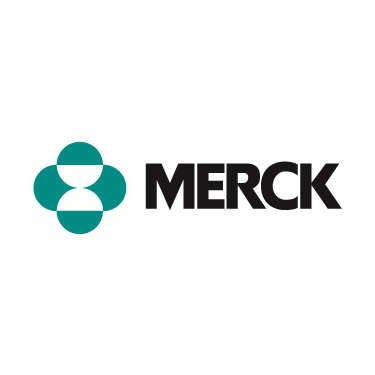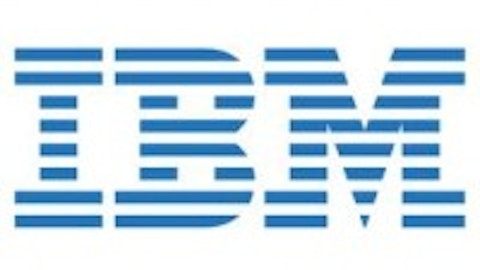In Part I of this series, we discussed three of the six Dow stocks that currently pay yields at least twice as high as that of a 10-Year U.S. Treasury. Comprising of two telecoms and a tech giant—Verizon, AT&T and Intel to be exact—it’s crucial to realize that there are three more players that offer a similar income with a relatively stable growth picture.
Let’s take a look at the final three. Aside from market-beating strategies like these, this is a pretty good way to tackle the stock market universe.
Who’s the best of the rest?

Aside from being an attractive income play, Merck & Co., Inc. (NYSE:MRK) is also a good value play. It is trading at historically low price-to-book valuation, and is priced at a forward P/E of 13.1x, below forward multiples of its peers Pfizer Inc. (NYSE:PFE) and Novartis AG (NYSE:NVS). The company is coming out of a steep patent cliff, but strong sales of its drugs Januvia, Janumet, Gardasil, and Isentress have helped mitigate the blow to earnings. Merck & Co., Inc. (NYSE:MRK)’s growth potential is significant, as its strong pipeline includes a number of late-stage trial drugs, such as the ones for osteoporosis, atherosclerosis, thrombosis, and hepatitis C virus, and promising drugs for atherosclerosis and insomnia that are currently under review. Among hedge funds, last quarter, Adage Capital reduced its stake in MRK, while Cliff Asness’ AQR Capital increased its stake.
E I Du Pont De Nemours And Co (NYSE:DD), a chemicals, science and technology company that has paid dividends since 1904, pays a dividend yield that is 180 basis points or 106% higher than that of the 10-Year U.S. Treasury bond. This stock has been a laggard in the market’s rally over the past year, falling 6.5% over that period. It currently trades at a below-industry forward P/E of 12.7x. The stock’s poor performance was a reflection of DuPont’s weak growth in an economically challenging environment.
The weak performance of its titanium dioxide (TiO2) and photovoltaic businesses lead to a contraction in DuPont’s operating EPS last year. The outlook has brightened now, as the rebounding economy is likely to boost the TiO2 segment in the second half of this year. DuPont’s agriculture, industrial biosciences, and nutrition and health segments are expected to continue supporting EPS growth going forward. Therefore, in 2013, DuPont projects a 3% increase in its top line and 2%-to-7% growth in adjusted operating EPS.
Like several other Dow constituents mentioned here, DuPont boasts low credit risk, which makes it one of Citi’s picks among CDS-adjusted dividend stocks. Among hedge fund managers, last quarter, DuPont was particularly popular with John A. Levin; see Levin Capital Strategies’ top holdings here.
Last, but certainly not least
General Electric Company (NYSE:GE) is the only of the featured stocks that slashed its dividend during the Great Recession. However, since then the dividend has increased cumulatively by 90%. Currently, its yield is 180 basis points or some 106% higher than the yield of the 10-Year U.S. Treasury bond. General Electric Company (NYSE:GE) is exposed to the economic cyclicality as an industrial conglomerate, which implies a degree or risk.
However, testifying to its resilience and consistency over all business cycles is the fact that General Electric Company (NYSE:GE) is the only member of the present DJIA that was also included in the original index in 1896. The company looks poised for long-term growth, driven by the aviation, healthcare, and energy sectors, despite the near-term weakness due to sluggish European sales and plunging sales of wind and gas turbines.
After selling its 45% stake in NBC Universal, the company allocated $18 billion to share buybacks ($10 billion) and the dividend, which was increased nearly 12% in December 2012. Some are speculating about another dividend increase soon, possibly announced at the company’s Shareholder Meeting on April 24. General Electric Company (NYSE:GE) is priced at 13.5x forward earnings. Last quarter, billionaire D.E. Shaw was bullish about GE.

